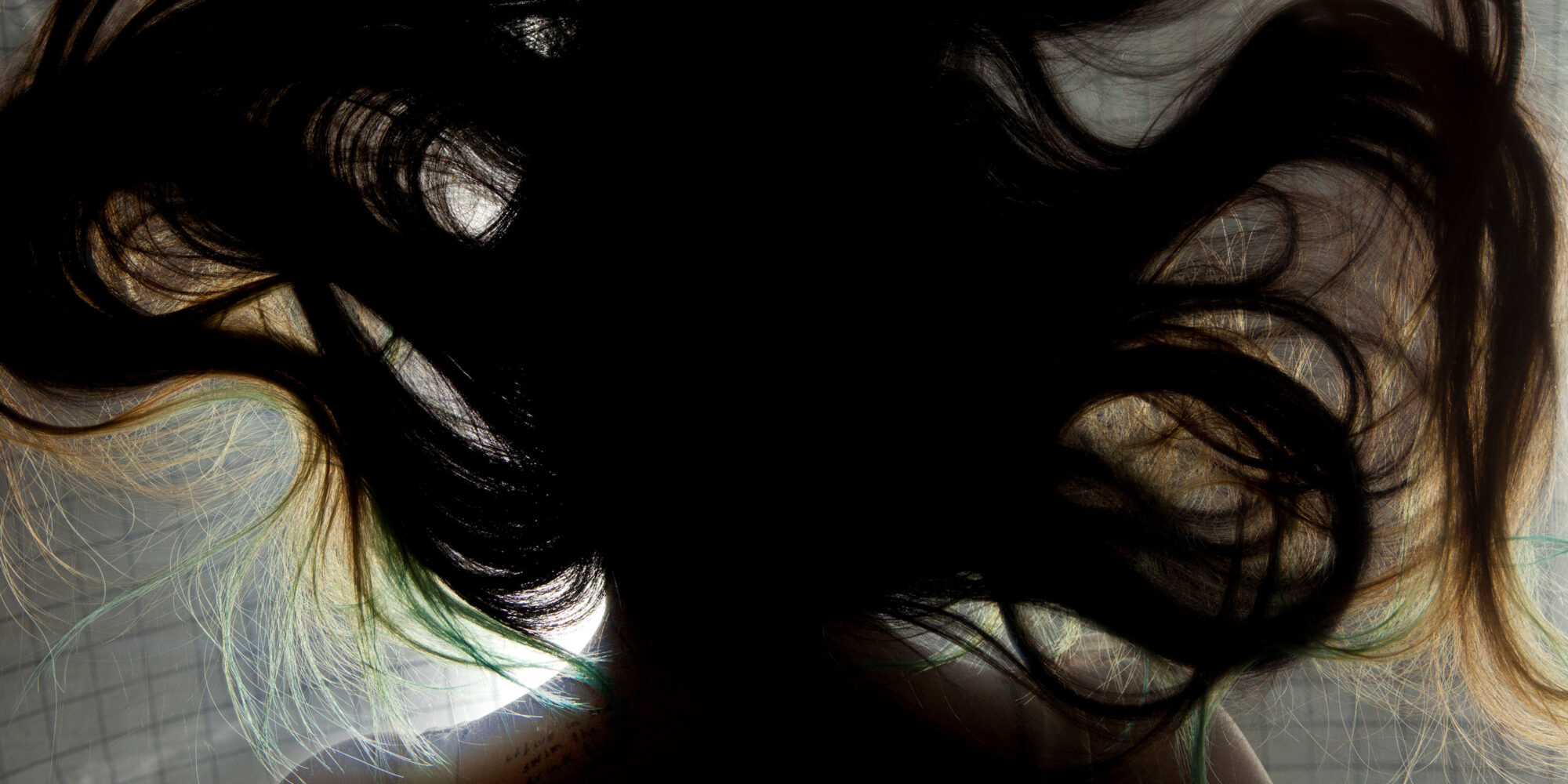
In September 2012, Aesop and Amsterdam-based Body Architect, Lucy McRae, released their short film – Morphē. The release was coincided to that time with the global relaunch of Aesop’s website.
Having recognised a kindred sensibility in McRae’s provocative work, Aesop commissioned her to conceive and direct the three-and-a-half minute piece. McRae’s projects have long involved fabulous speculations about relationships between technology and the human body, and are marked by a captivating, slightly unnerving aesthetic.
Morphē playfully presages a new juncture for science and beauty. For the setting, McRae transformed an old Amsterdam church into a meticulously ordered space that references Aesop’s own laboratory. Here, a painstaking Scientist employs an assortment of gels, liquids, and weird contraptions to minister arcane beauty treatments to a sleeping Muse.
There are obvious allusions to Mary Shelley’s Frankenstein and Charles Perrault’s Sleeping Beauty. However, McRae describes her Scientist as inspired chiefly by nineteenth-century scientist and philosopher Hermann von Helmholtz, and his revolutionary research on human perception: ‘Everything’, wrote Helmholtz, ‘is an event on the skin’. Consequently, the emphasis in Morphē, as in Aesop’s products, is on an adroit and successful marriage of science and nature.
‘I wanted to suggest a journey inside a world beyond skin care, one that involves farther realms of perception within the sensory landscape of the human body. At the edge of this world, the skin and hair play key roles for the female specimen fortunate enough to be on the receiving end of a new kind of super-sensory beauty treatment.’ Lucy McRae
